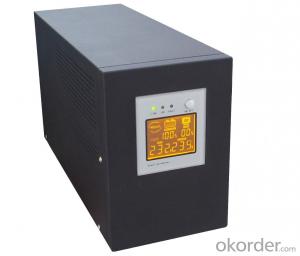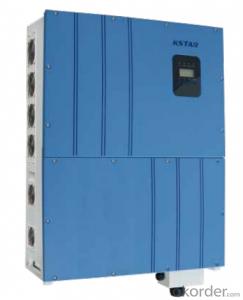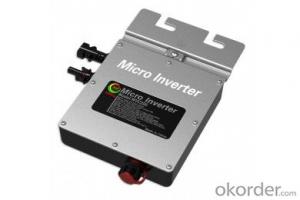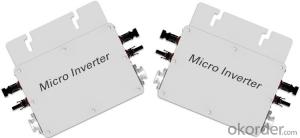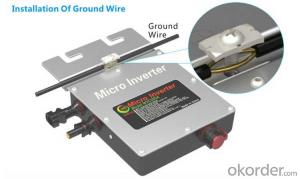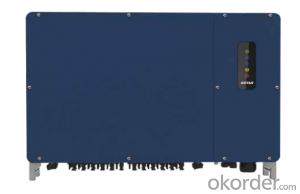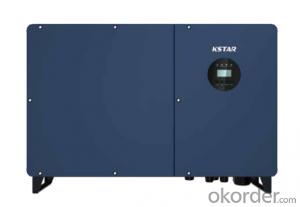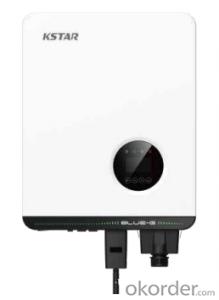Kstar Solar Inverter
Kstar Solar Inverter Related Searches
Ecostar Solar Inverter K Solar Inverter Prostar Solar Inverter Star Solar Inverter Morning Star Solar Inverter Kw Solar Inverter Kirloskar Solar Inverter Kaco Solar Inverter Smart Solar Inverter Solar Solar Inverter Cyberpower Solar Inverter Sunpower Solar Inverter Solar Smart Inverter Inverter Solar Smart Inverter Solar Austa Solar Inverter 12v Solar Inverter Smart Solar Power Inverter Powland Solar Inverter Powerland Solar Inverter Solar 120v Inverter 120v Solar Inverter Install Solar Inverter Solar Storage Inverter Buy Solar Inverter 120/240 Volt Solar Inverter Sun Solar Inverter Eko Solar Inverter Power Solar Inverter Solar Converter InverterKstar Solar Inverter Supplier & Manufacturer from China
Kstar Solar Inverter is a high-quality product designed to convert solar energy into usable electrical power. These inverters are essential components in solar power systems, ensuring that the energy generated by solar panels can be effectively utilized in various applications. The Kstar Solar Inverter is widely used in residential, commercial, and industrial settings, making it a versatile and reliable choice for harnessing solar energy. Its advanced technology and user-friendly design make it suitable for a range of solar power projects, from small-scale home installations to large-scale utility projects.The Kstar Solar Inverter is known for its efficiency, durability, and ease of installation, making it a popular choice among solar energy enthusiasts and professionals alike. It is designed to withstand various weather conditions and can operate effectively in different environments, ensuring a reliable power supply from solar energy. The product's versatility allows it to be integrated into both grid-tied and off-grid solar systems, catering to a wide range of energy needs.
Okorder.com is a leading wholesale supplier of the Kstar Solar Inverter, offering a large inventory of this product to meet the growing demand for solar energy solutions. As a reputable online platform, Okorder.com ensures that customers have access to high-quality products at competitive prices, making it easier for individuals and businesses to invest in sustainable energy solutions. By partnering with Okorder.com, customers can benefit from their extensive experience in the solar industry and take advantage of their comprehensive range of solar products, including the Kstar Solar Inverter.
Hot Products
